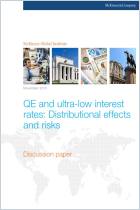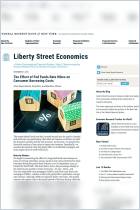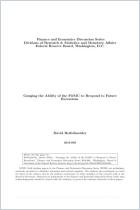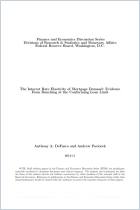
Read offline
Recommendation
The Federal Reserve’s accommodative monetary policies after the 2008 financial crisis appear to have benefited Americans carrying adjustable rate mortgages, as well as the local economies in which they live. This scholarly paper by economists Benjamin J. Keys, Tomasz Piskorski, Amit Seru and Vincent Yao provides evidence of a direct link from low interest rates to increased consumption and employment, as well as to reduced indebtedness and foreclosures. getAbstract recommends this report, whose intended audience is the econometrician and the academic rather than the lay reader, for its contribution to the body of research on the effective transmission of monetary policy.
Summary
About the Authors
Benjamin J. Keys is an assistant professor of public policy at the University of Chicago, where Amit Seru is a finance professor at the Booth School of Business. Tomasz Piskorski is an associate professor of real estate at Columbia Business School. Vincent Yao is an associate professor of real estate at Georgia State University.










Comment on this summary